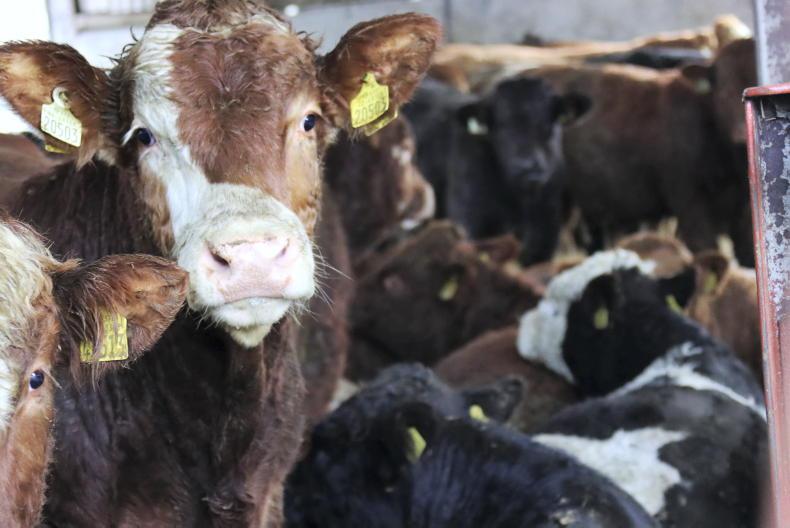Despite a drought six weeks ago, soils in some areas have now become waterlogged, which has forced some farmers to rehouse stock in the hopes that ground and weather conditions will improve.
Reports from vets are indicating high levels of pneumonia in rehoused animals, particularly young stock, as the mix of wet cattle entering sheds and humid conditions are creating the perfect storm for pneumonia to spread.
Below are some tips to try to avoid pneumonia.
Avoid housing wet cattle
Although a difficult task in current conditions, cattle should be relatively dry when going into the shed.
Wet cattle in a shed will cause increased humidity as their coats begin to dry out, with the current warm air combined with humidity a suitable environment for the air-borne pathogens that spread pneumonia to run rampant through a shed and infect many animals.
Increase ventilation
Increase the air inlet and air outlet of the shed. Yorkshire boarding or windbreaker on the side of a shed, or a gap between the eaves and side sheeting, will improve the air intake, while a covered central canopy, space or raised sheeting will improve the air outlet.
Opening the doors of a shed to increase air inlet space will likely result in drafts and can have more of a negative than positive effect.
Avoid stressors
This is particularly important regarding weanlings. Autumn-born or early spring-born calves should not be weaned for convenience just because stock are being turned in.
Housing weaned cows and leaving calves outdoors poses less of a risk, but will still cause significant stress if it is done abruptly.






 This is a subscriber-only article
This is a subscriber-only article










SHARING OPTIONS: